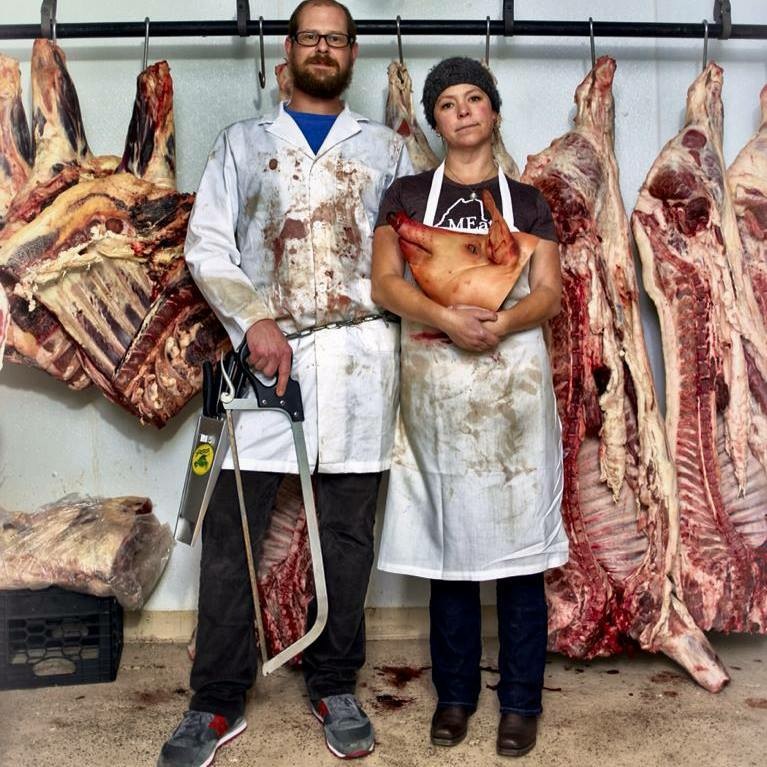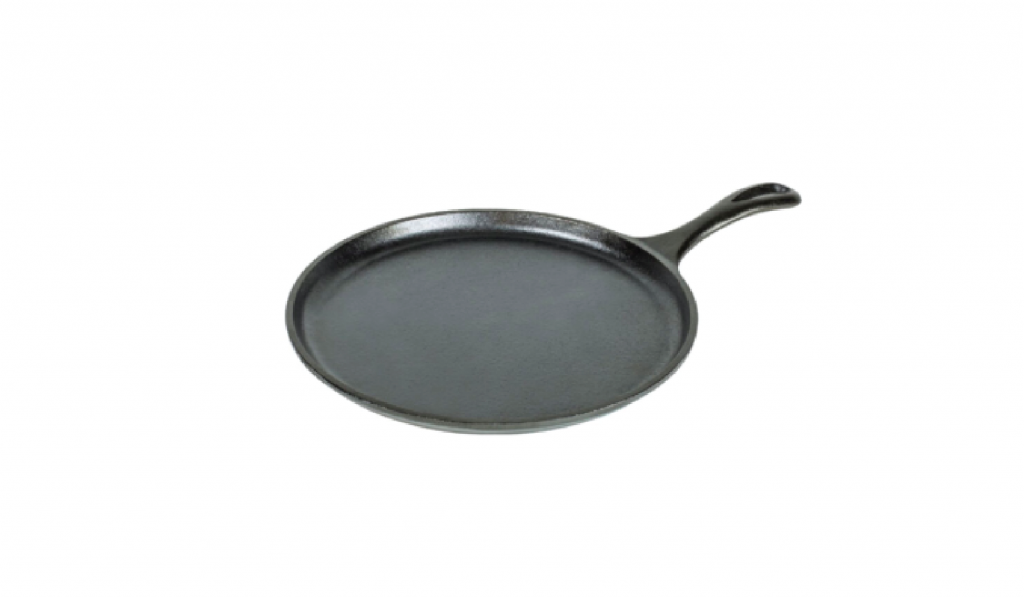

In case you’re not already high-key obsessed with the dreamy little food-lovers paradise that is Kittery Foreside, Maine (you should be) let me introduce you to Jarrod Spangler.
Jarrod learned to butcher the Old-World way in Piedmont, Italy. The man has no use for thermometers, he makes his own beef jerky, and he soups up his classic Weber grill with “aftermarket” cast-iron grill grates.
Welcome to Maine, The Way Life Should Be.
Jarrod runs Maine MEat, the local butcher shop with his partner Shannon Hill. The couple breaks down whole animals from small farms in Maine and New Hampshire into steaks, chops, and house-made charcuterie.
That means you can’t go in there and expect they will have every grocery-store cut under the sun. They buy the whole cow, and that cow only has two tenderloins, you know? What you can expect, is a truly delicious meat that was raised humanely and sustainably, and staff that’s happy to help you figure out how to cook it.
In addition to meat, they’ve got a small but mighty craft beer selection, and some great pantry goods (including not just pasta sauce!)
Here in the thick of grilling season, I had one question for Jarrod: How do you grill the perfect steak?


CS: What are some things to be on the lookout for when you’re shopping for a good steak? What kind of questions should we be asking the butcher?
JS: I’d like to know where it came from. I like to buy my meat locally, obviously. I’m always looking for a little bit of marbling. The whole grass-fed beef thing is great, but you’ve got to have a little bit of fat in there because that’s what’s going to help with the texture.
CS: What are we grilling?
JS: Our go-to is a nicely dry-aged strip.
CS: Obviously dry-aged meat is more expensive. Give me your pitch on why it’s worth it.
JS: You’re getting rid of moisture and that concentrates the flavor. You’re going to end up with more umami, and nuttiness. I never used to be a big strip steak person, but a dry-aged strip has a totally different texture. It gets this velvety kind of thing going on because dry-aging naturally tenderizes.
CS: Okay, we have our steak. So how do you get it ready for the grill? Do you take it out to let it get to room temperature? Do you salt it ahead of time?
JS: I take mine out about half an hour before and salt it generously. I get my grill nice and hot to the point where if my hand is two or three inches above the grill grate, then after two seconds, it’s HOT, you know?
CS: I’m a big fan of using direct and indirect heat. Sear on one side and move it over, away from the flame.
JS: That’s pretty much exactly how we do it. I’ll bank my coals a little bit hotter on one side. I always leave myself like a third of my grill with a little bit lower heat.
CS: How long until we can eat?
JS: For steaks about an inch and a half, it will take 12-14 minutes total. Two minutes when I put it down on the grill, two minutes when I rotate it on the same side, then I’ll turn my steaks over, sear them that way on the other side, and then I kind of set them off to the cooler side to finish.
CS: I’m going for it, dry-aged steaks!
JS: Yes! You’re going to pay a little bit more money because there’s more waste, there’s shrinkage, stuff like that, but are you eating steak every day? Probably not. You shouldn’t be.
Jarrod’s Grilling Essentials
Weber Charcoal Grill
“Shannon is from Chicago, so we’re pretty much Weber Kettle with charcoal people.”
Cast Iron Pans
“Cast iron is great for burgers and vegetables. I cook burgers in cast iron on the grill so I don’t have a giant fire with flareups from that extra fat.”








